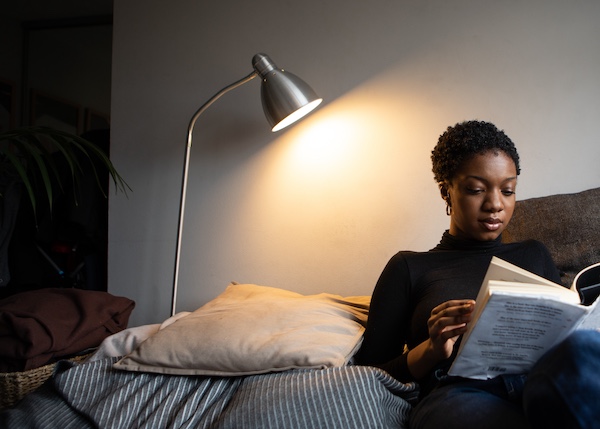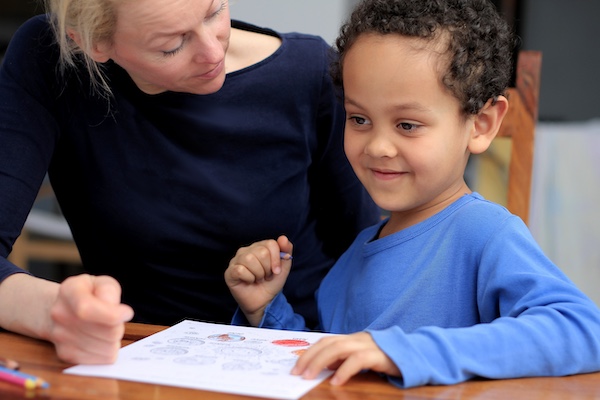Applied Behavior Analysis (ABA) therapy is a widely recognized and effective approach for managing behaviors associated with Autism Spectrum Disorder (ASD). ABA therapists employ various methods tailored to individual needs. Here are some specific techniques commonly used in ABA therapy for treating ASD behaviors:
Specific Techniques Commonly Used in ABA Therapy
Discrete Trial Training (DTT)
DTT is a structured teaching method that breaks down skills into small, discrete components, each taught separately in a controlled environment. This technique is effective for teaching basic skills like communication, social interaction, and self-care.
Pivotal Response Training (PRT)
PRT focuses on pivotal areas of a child’s development, such as motivation, response to multiple cues, self-management, and social interactions. By improving these pivotal skills, children with ASD can achieve gains in other social, communicative, and behavioral areas.
Recent Posts
- Navigating the Holidays with Your Autistic Child: A Guide for Parents
- Essential Reading for Parents of Autistic Children: A Verified Guide
- Real Families, Real Results: Why AG Behavioral Services Is Transforming Lives Through ABA Therapy
- Understanding Autism in 2025: New Data Reveals Rising Prevalence and Changing Demographics
- “Respond and Expand”: A Simple Way to Boost Communication in Children with Autism
Natural Environment Training (NET)
NET involves teaching skills within natural contexts rather than structured environments. This method helps generalize skills learned in therapy to real-world situations, often through play-based activities that utilize the child’s interests to motivate learning.
Functional Communication Training (FCT)
FCT aims to replace inappropriate behaviors with more appropriate communication methods. It teaches alternative ways to communicate needs and desires effectively, using verbal language, sign language, or communication devices.
Positive Reinforcement
This approach involves rewarding a child for displaying desirable behaviors with praise, toys, or other incentives, encouraging the repetition of those behaviors.
Behavioral Modeling
In this method, the therapist or a peer demonstrates the desired behavior, and the child with ASD is encouraged to imitate it. This technique is particularly useful for teaching social skills.
Task Analysis
This involves breaking down complex behaviors or skills into smaller, manageable steps. The therapist teaches each step sequentially, ensuring mastery of each before moving on to the next.
Visual Supports
Using visual aids like picture schedules, storyboards, or color-coded systems helps children with ASD understand expectations and routines, reducing anxiety and improving behavior.
Self-Management Techniques
These techniques teach individuals with ASD to monitor and regulate their own behaviors. This includes training in identifying emotions and using strategies to manage them, such as taking deep breaths or using a stress ball.
Social Skills Training
This includes various techniques to teach social interaction, such as role-playing, social stories, and group activities, aimed at improving communication and interaction with others.
Summary
Each method is tailored to the individual’s needs, strengths, and developmental level. The goal of ABA therapy is to improve functional behaviors, social interactions, and overall quality of life for individuals with ASD. Collaboration between ABA therapists, families, and other professionals involved in the child’s care is essential for a comprehensive approach.
AGBS provides ongoing care for children, adolescents, and young adults with autism to improve the quality of their lives. If you would like learn more about how AGBS can help please contact us here , or call 908-913-0443.




